Could utilising card sorting techniques assist in prioritising tasks?
I recently participated in a Camelot road test and was reminded of the effectiveness of card sorting in task prioritisation.
This prompted me to do some refresher reading, and I stumbled upon an excellent blog on the subject. For those less familiar, card sorting was initially used to assess information architecture, but it can effectively help prioritise tasks with groups of people.
So, are you ready to learn something new? Worth a ten-minute read!
This Week’s Top Reads:
The high cost of falling behind with legacy technology
How technology modernization impacts your business.
Application modernization can take many forms, but not all of them are created equal. When considering how to modernize technology, the array of potential paths organizations face can be daunting. It is no wonder many organizations continue to depend on legacy applications that are both critical to day-to-day operations and reliant on outdated technology.
When it comes to tech modernization, replacing legacy applications is certainly not the only option. In fact, modernizing existing applications by upgrading and moving to the cloud is often a wiser choice.
Let’s explore why.
Leveraging Artificial Intelligence for Strategic Enterprise Planning
The potential of AI to transform and disrupt the EA tools market is considerable.
Artificial Intelligence (AI) news is everywhere. On the surface, the media seems to be dividing the field into one of two categories: either people are tired of the hype and perhaps afraid of AI taking over jobs, or are true converts who believe AI is like magic.
The reality, however, falls much closer to the middle of the spectrum: AI is a resourceful tool for most professions, including Enterprise Architects. Leveraging the technology to eliminate mundane tasks and speed up productivity can be a game-changer for the role they currently play in an organization.
Complex and fast-paced organizations need strategic enterprise planning capabilities that Enterprise Architecture (EA) offers, and EA needs to lean on AI to keep the speed these enterprises require. AI is a pivotal tool for architects who want to accelerate portions of their micro-level work and free up time for more comprehensive strategic thinking. EAs who succeed in their role focus on business strategy and bigger-picture thinking, and AI allows this thinking to flourish.
Data Engineering Landscape in the AI-Driven World
Generative AI has just started to capture the imagination of data engineers, so the impact thus far has been just a fraction of what it will be a year or two from now.
One of the biggest impacts has been the wider adoption of “prompt engineering,” essentially the skill of prompting AI to assist in coding-related tasks. I’ve seen Andrej Karpathy joke on Twitter, “The hottest new programming language is English.”
Generative AI has also kick-started a gold rush with dozens of very early start-up companies racing to develop an AI that can query the data warehouse and return an intelligent answer to the ad hoc questions data consumers ask in their natural language. “This would radically simplify the self-service analytics process and further democratize data, but it will be difficult to solve beyond basic “metric fetching,” given the complexity of data pipelines for more advanced analytics,” commented Monte Carlo CTO Shane Murray.
“When I evaluate data engineering candidates for a role, I’m looking for their track record of making an impact and hitting the ground running,” Murray mentioned. That could be in their primary occupation or by contributing to open-source projects. In either case, it’s not that you were there, but what impact did you make?
AI and IoT: Will Their Combination Help You Succeed?
Through the combination of machine learning, computer vision, and smart sensors, we can track our health, control soil conditions at farms, or monitor traffic in cities.
When two groundbreaking innovations merge into one, the world shutters just a bit. An inevitable change happens, and we begin dealing with certain things differently.
Today, we will find out how the duet of AI (Artificial Intelligence) and IoT (Internet of things) impacts people’s lives and businesses. What has changed, and in what way? Our article covers the latest innovations and particular benefits brought by the combo of smart devices and intelligent analytics.
A Match Made in Heaven? Why AI and IoT Work Well Together
Let us start from the very basics to make things as clear as possible. What is IoT in simple terms? This is a system of devices connected via the Internet, acting based on some gathered data. But this data does not work on its own. It should be collected, stored, and processed before being used for decision-making. That is where everything starts falling apart.
How CIOs Can Ensure That They Will Have A Fulfilling Career
Take the time to make the required investments in yourself.
In order to be a successful CIO who has a long career dealing with the importance of information technology, you are going to have to take steps to make sure that you truly love what you are doing.
What we have to realize is that we can’t rest on the things that we have already accomplished, instead we need to realize that new competition will be coming. They are going to catch up with how your company does business and this means that you are going to have to work with your IT department to make sure that they are ahead all of the time.
If we want to have a successful career that we will find fulfilling, what do we need to be doing today?
Article by @_caryanne
As someone who studied Information Science, I’ve always been drawn to grouping and categorizing things. Imagine my glee when I first learned there was a UX research method that was all about grouping and categorizing. My internal monologue went a little something like this, “Making order out of perceived chaos! My favorite thing! Let’s find ALL THE PATTERNS!”
And while my analytical thinking brain would LOVE to throw card sorting at every problem it could, it’s not a one-size-fits-all method, just like all the other UX research methods out there. So, what’s it good for?
The Basics of Card Sorting
What is card sorting?
Card sorting was traditionally used for assessing information architecture. Typically, this method was used most for structuring website navigation and structure, like Jakob Nielsen describes in his 1995 study. However, this deceptively simple method can be used in many more ways than it’s been known for. There are also some other non-traditional methods that IBM design researchers are using it for: story-telling, multi-level hierarchy, and prioritization. I’ll discuss those methods after establishing the basics of traditional card sorting.
THE DIGITAL EYE
I hope these articles are valuable.
I am passionate about technology, and I want to share that passion with you. I believe that it’s essential for everyone to stay up-to-date on the latest trends, so I’ve set out to cover all aspects of the industry – from data analytics to blockchain and AI.
Please let me know if you want to see any other topics covered, and I would appreciate your help sharing this blog with others interested.



